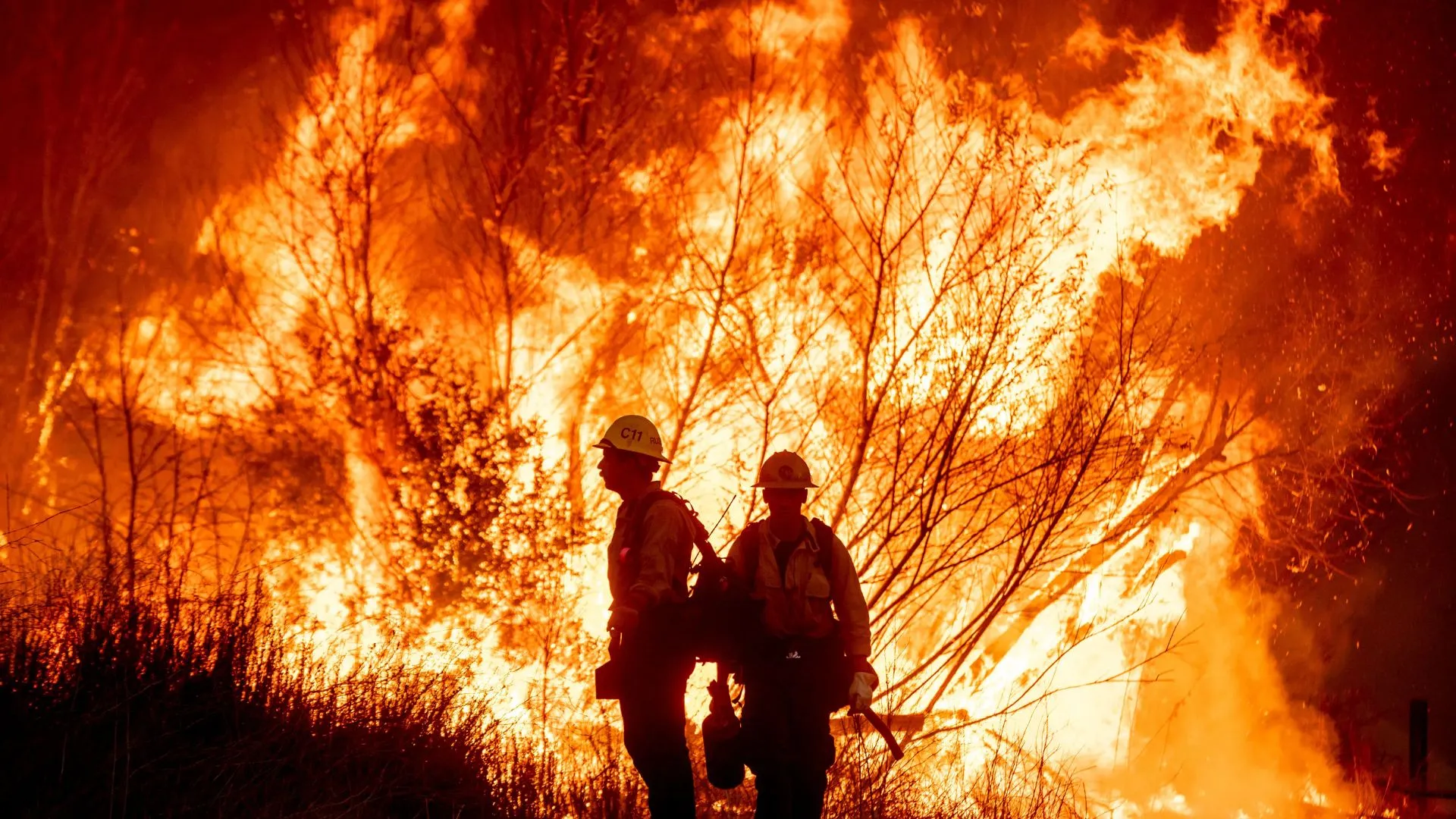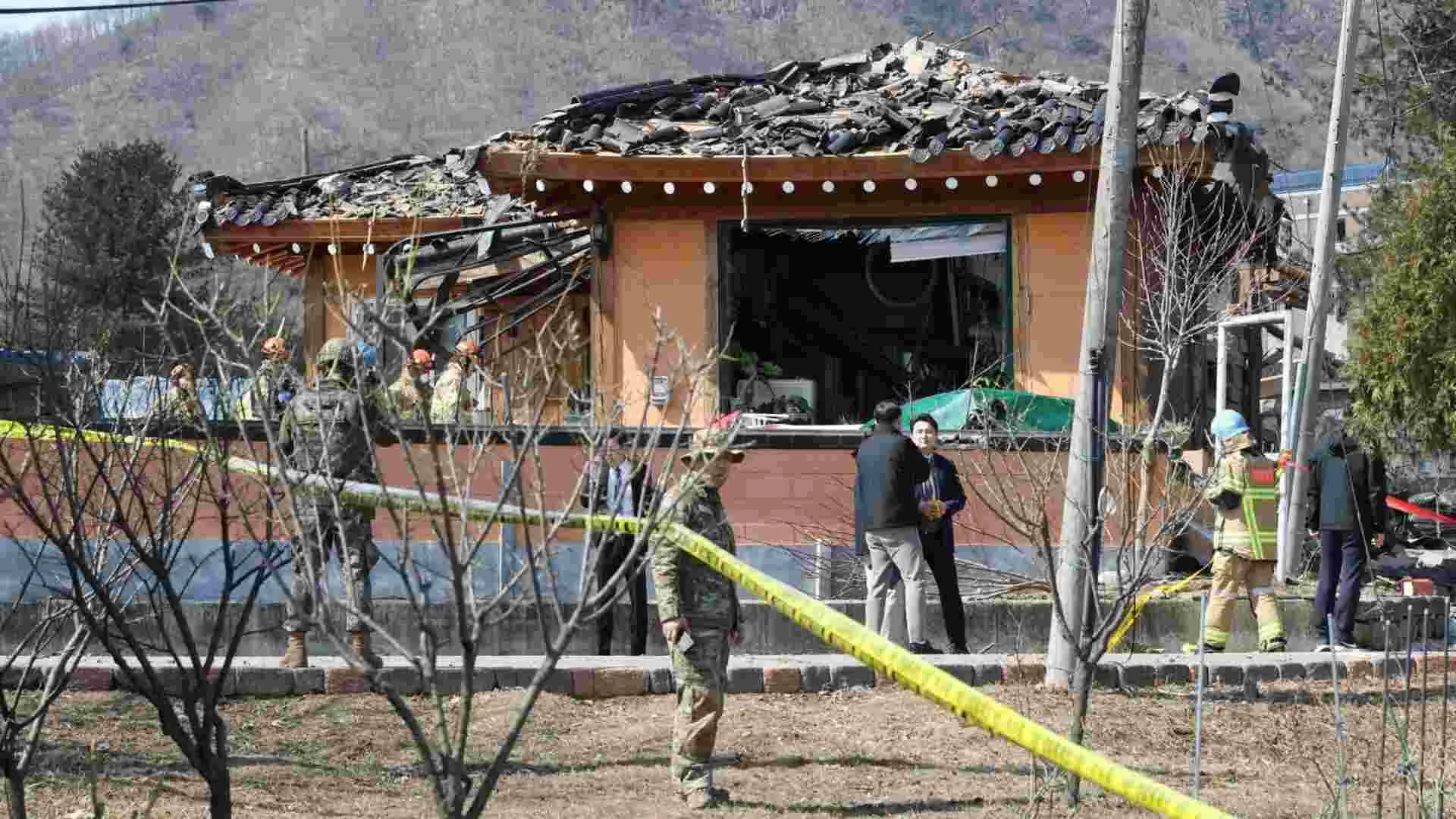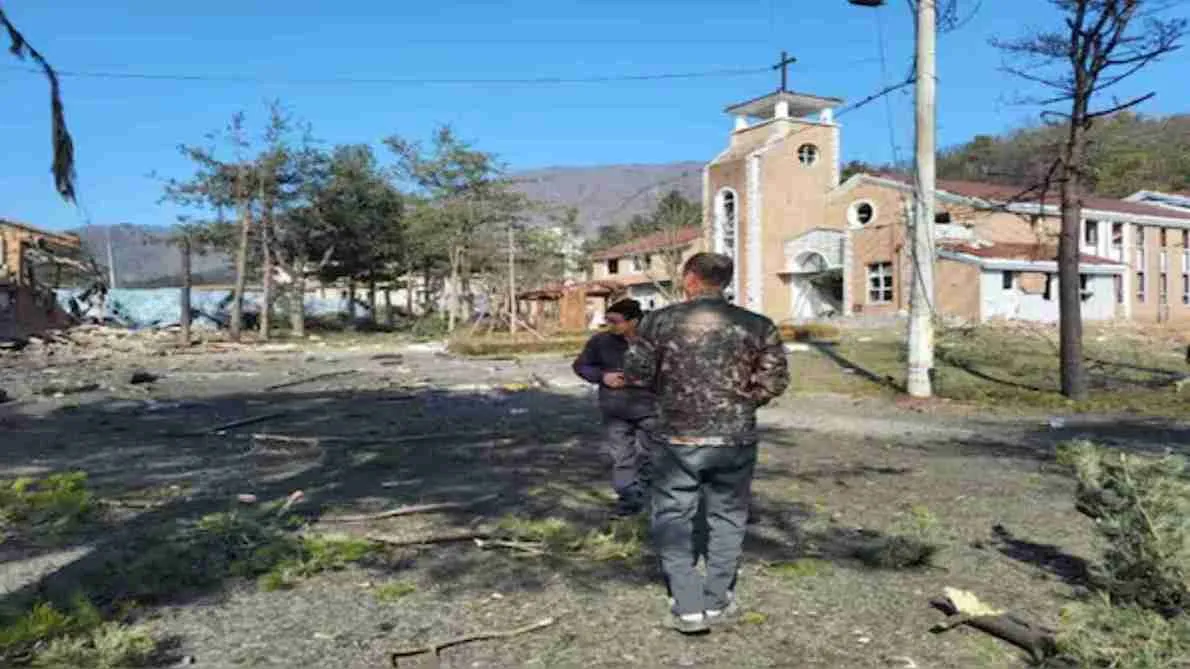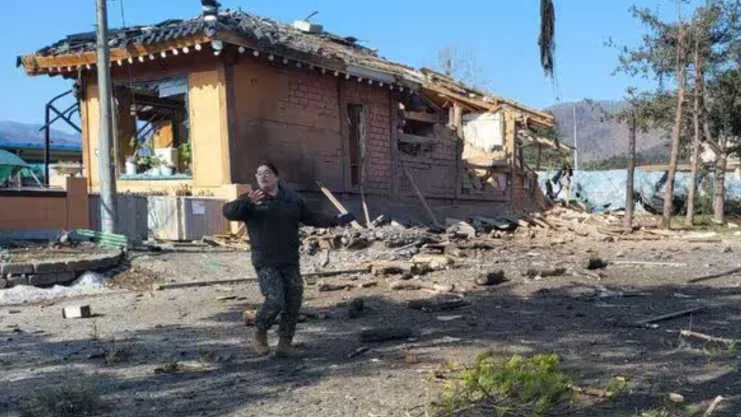A child cools off in the Gallagher Way park fountain in Chicago amid hot weather. AP
A prolonged and intense heatwave driven by a powerful heat dome has gripped the United States.
According to The Guardian, citing federal weather predictions, the high-pressure weather pattern could be “potentially the longest experienced in decades for some locations.”
The rising temperatures come amid increasing concern about the effects of extreme heat and wildfire smoke.
Here’s a closer look.
Heat Dome
A heat dome forms when high atmospheric pressure traps warm ocean air over a specific region. Heat domes prolong elevated temperatures, although heat waves often occur simultaneously.
A USA Today report explains that the current heat dome impacting the US is partly linked to a similar phenomenon recently occurring over Mexico. Mexico has been experiencing agricultural shortages for the past month and is facing its worst drought in over a decade.
Heat domes are often the site of storm formation.
In recent weeks, the country has seen the highest number of tornadoes since 2011, as well as significant rainfall, flooding, and storm activity in Southern regions.
Extreme Heatwave in the US
Chicago, St. Louis, Indianapolis, Detroit, Cleveland, Cincinnati, Pittsburgh, Philadelphia, Boston, New York City, and Albany, New York are among the cities predicted to be affected by the heatwave.
Midwestern states began to bake on Monday in what the National Weather Service called a dangerous and prolonged heatwave expected to stretch from Iowa to Maine into at least Friday.
On Monday, Chicago broke a 1957 temperature record with a high of 36.1 degrees Celsius.
Hot and muggy conditions will continue this week with peak heat indexes near 37.7 degrees Celsius at times, the National Weather Service in Chicago said in a post on social platform X.
The heat has been particularly dangerous in recent years in Phoenix, where 645 people died from heat-related causes in 2023, setting a record.
Temperatures in Phoenix hit 44.4 degrees Celsius on Saturday.
Weather service forecasters noted that the first two weeks of June in Phoenix marked the hottest start to the month on record there.
What Are the Authorities Doing?
In Southern California, firefighters increased their containment of a large wildfire in the mountains north of Los Angeles on Monday after a weekend of explosive, wind-driven growth along Interstate 5.
In anticipation of this week’s “dangerously high” temperatures, New York City opened cooling centers as part of its emergency plan.
“We want to be clear, this is extremely hot for June and New Yorkers should not underestimate the heat. With climate change leading to more frequent and intense heat, summers are different than they were before, and so we should expect and be prepared for the hot weather that is coming,” New York mayor Eric Adams said in a press conference on Monday.
Temperatures will climb “under an anomalously upper level high pressure system,” according to the National Weather Service station in Caribou, Maine, and “multiple days of record breaking temperatures will lead to dangerous heat with a chance for reprieve overnight.”
A temperature of 37.7 degrees Celsius “would challenge all time record highs for the month of June,” according to Boston meteorologists.
Swimming is prohibited at some Massachusetts beaches due to elevated bacterial levels, despite the warm weather. State representatives advised locals to find another way to cool off to avoid endangering their health.
The HeatRisk Index
To provide risk recommendations to decision-makers and heat-sensitive groups, the National Weather Service and the Centers for Disease Control (CDC) recently introduced the “HeatRisk” index system, which is based on color and numbers.
According to The Guardian, the index considers how unusually hot it is for the season, how long it lasts, including both daytime and nighttime highs, and whether there is a higher risk of heat-related effects due to those temperatures.
Mid-to late-week, the index is flashing “extreme” health risk levels in magenta, which are moving from the Ohio Valley and the Midwest to the Northeast.
“This level of rare and/or long-duration extreme heat with little to no overnight relief affects anyone without effective cooling and/or adequate hydration. Impacts likely in most health systems, heat-sensitive industries and infrastructure,” the index warns.























